Antarctic Engineers Have an Unlikely Team Member Working With Them — a Curious Gentoo Penguin
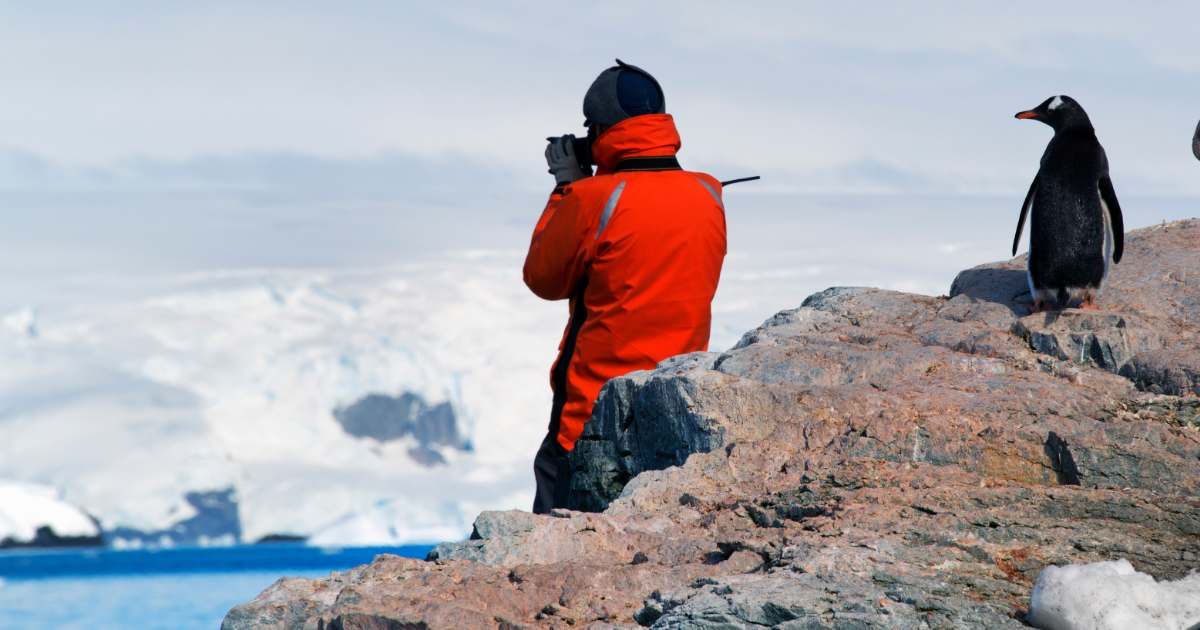
It was the summer of 2024. At the southern tip of the Wormald Ice Piedmont, where Rothera Research Station sits atop a rock promontory, a gentoo penguin named Collin was standing, playfully fluttering his feathers. Facing him was a giant, 50-tonne orange-black machine whose arms were twisting and turning into the heavily glaciated expanse of ice, loading up massive scoops of ice from the ground. And Collin stood there, hopping up and down, desperate to sit inside the machine's bucket. Alan Cox, an engineer, thought this was a bizarre request, but the more he tried to stop the penguin, the more the curious bird insisted on becoming a part of their team, he shared in a report by BBC Radio Lincolnshire.
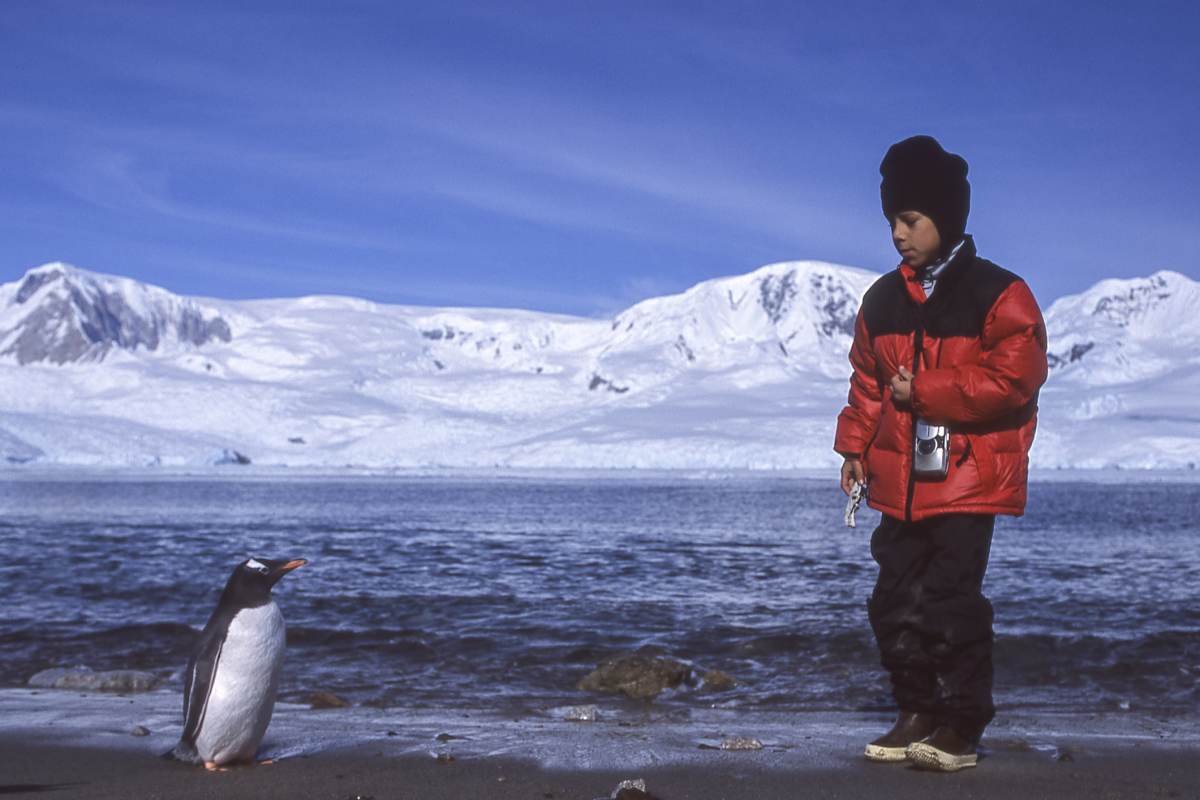
At this time, Cox was working as the managing director of regions and transport for BAM Nuttall. He had travelled about 10,200 miles from Woodhall Spa in Lincolnshire to arrive here to work on a construction project for the British Antarctic Survey (BAS), which involved a new building and some renovations for Rothera, which is known as the center for biological research. According to the details shared by BAS, the project included some new lighting installations, some runway resurfacing, and designing a turning circle in the South, all with existing materials to reduce the associated carbon impact.
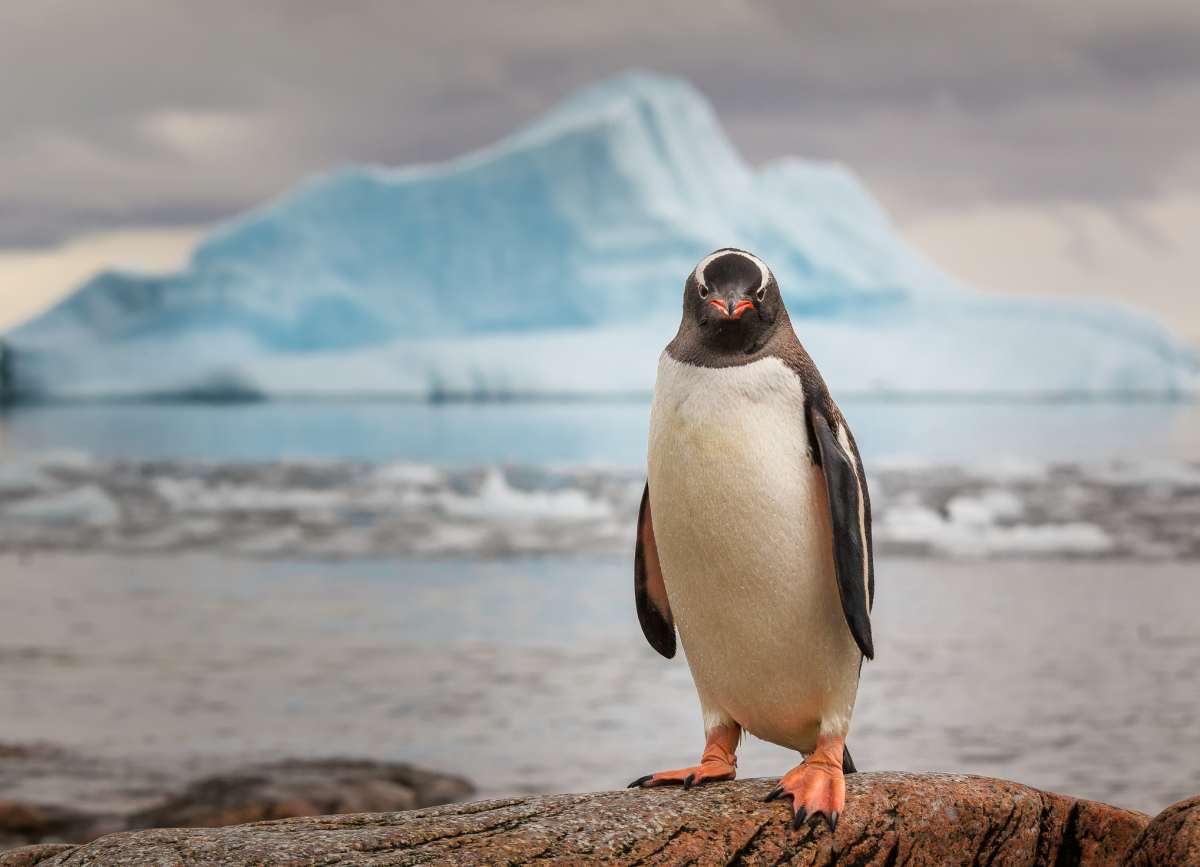
The renovation was planned so it could facilitate trials of pilotless planes in support of scientific research and exploration, which would contribute to a reduction in carbon emissions. Cox shared in the BBC interview that he loved everything about the project location. The area was teeming with wildlife like seals, orcas, and humpback whales. Massive icebergs were floating around. "There's been some fantastic wildlife and the whole setting is absolutely incredible,” he described. Recalling an iceberg that broke off the coast, he said, it appeared to be about the size of Lincoln Cathedral. And even though there were gazillions of postcard-worthy elements, Collin, for him, was the showstopper.
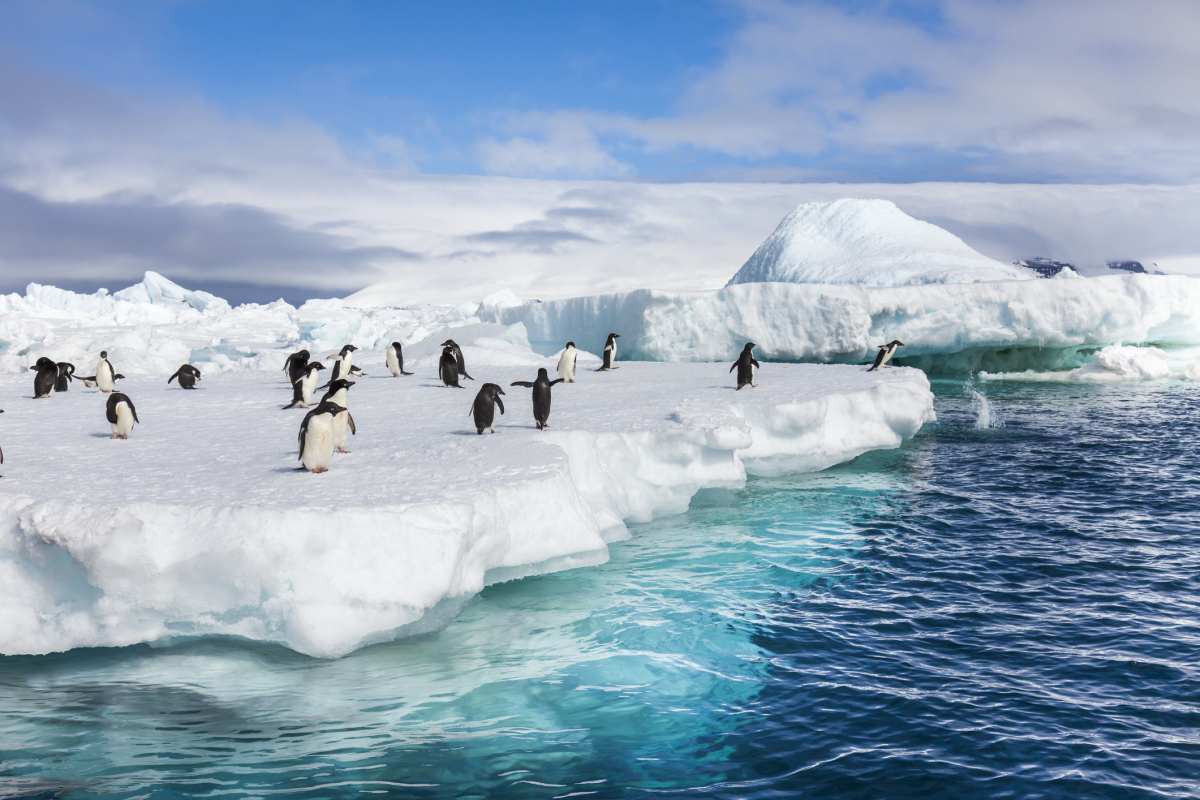
According to the Australian Antarctic Program, gentoo penguins are known for the striking white stripe that runs through their heads, where orange-tipped bills jut out, painting a stunning contrast against the white Antarctic icescape. Although they are close cousins of Chinstrap and Adélie penguins, gentoos are the third-largest penguin species in the world. BAS adds that these penguins are rarely found in social interactions. Instead, they live in little huddles, but when it comes to romantic relationships, they mate with the same partner as the previous year, unlike other species. They are adventurous, something which is clearly illustrated by Collin’s actions.
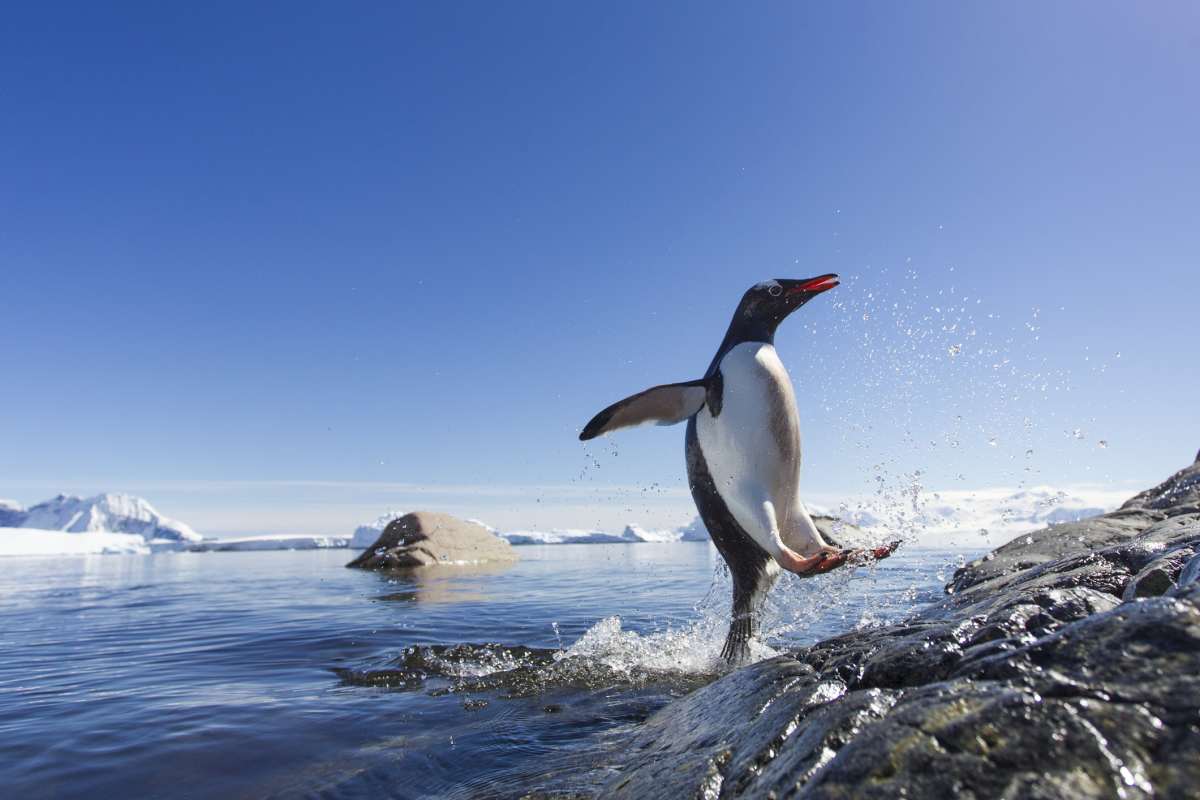
"He was a particular type of penguin who seemed to think the 50-tonne excavator we had here was either his parent or some sort of friend of his," he shared with the outlet. It was very challenging to keep the polar bird away from the machine. “Collin was insistent on trying to sit in the bucket of the excavator and get really close to the machine,” Cox said.
More on Green Matters
Polite Penguin Waits For Humans to Finish Taking a Selfie in Antarctica and Move Out of Its Way
Orphaned Baby Penguin Was Terrified of Water — but One Guy Helped the Bird Overcome Her Fear